Create professional D&D and VTT tokens instantly with client-side image processing and tested AI background removal. No login needed, completely free; optimized for standard image types and typical VTT workflows.
Typical results meeting professional quality benchmarks; examples of varied styles and complexities.
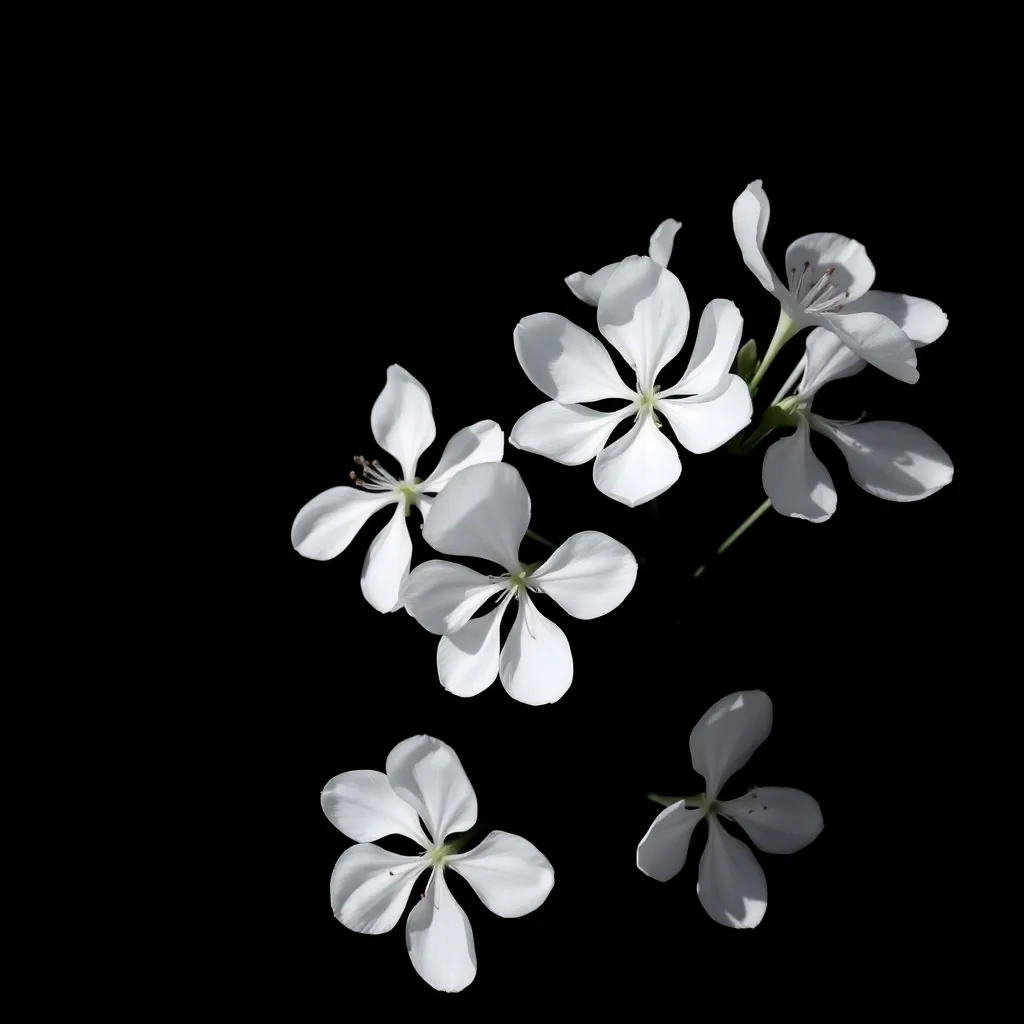
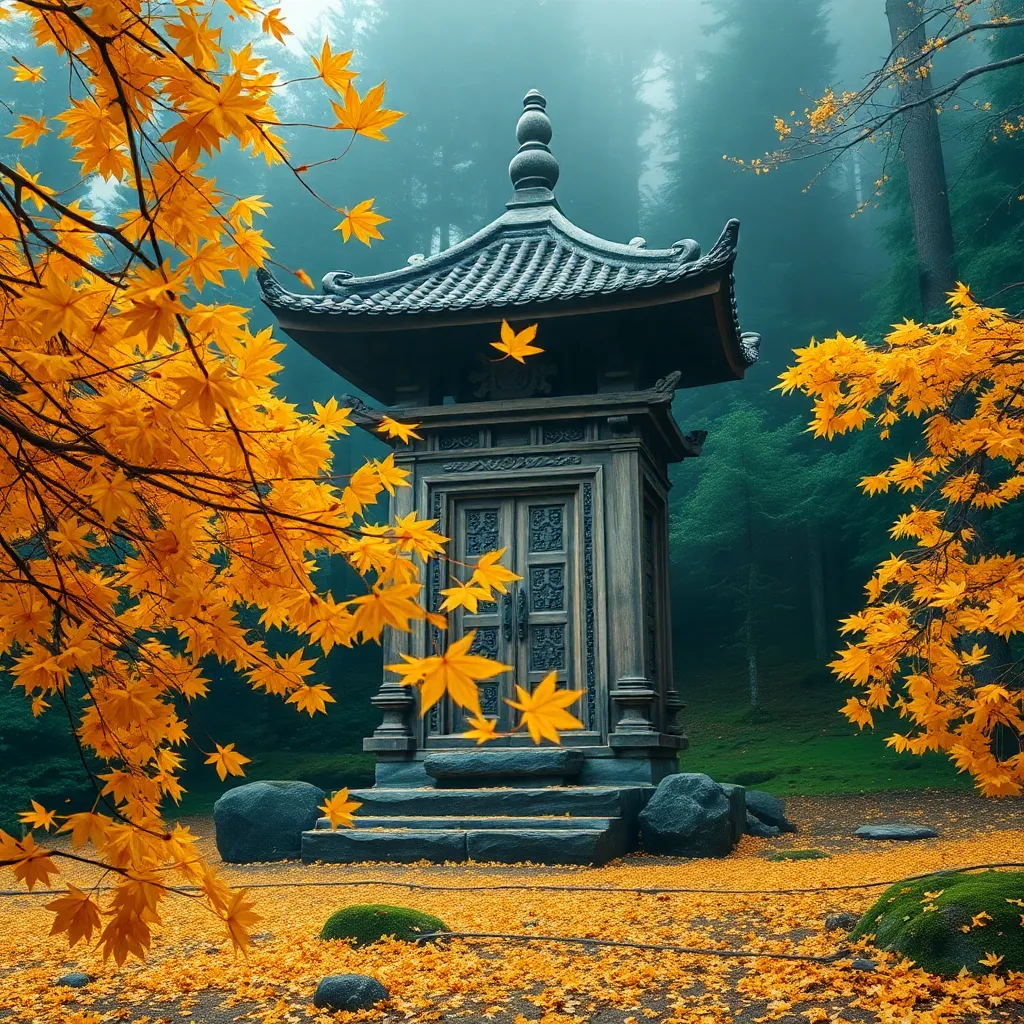




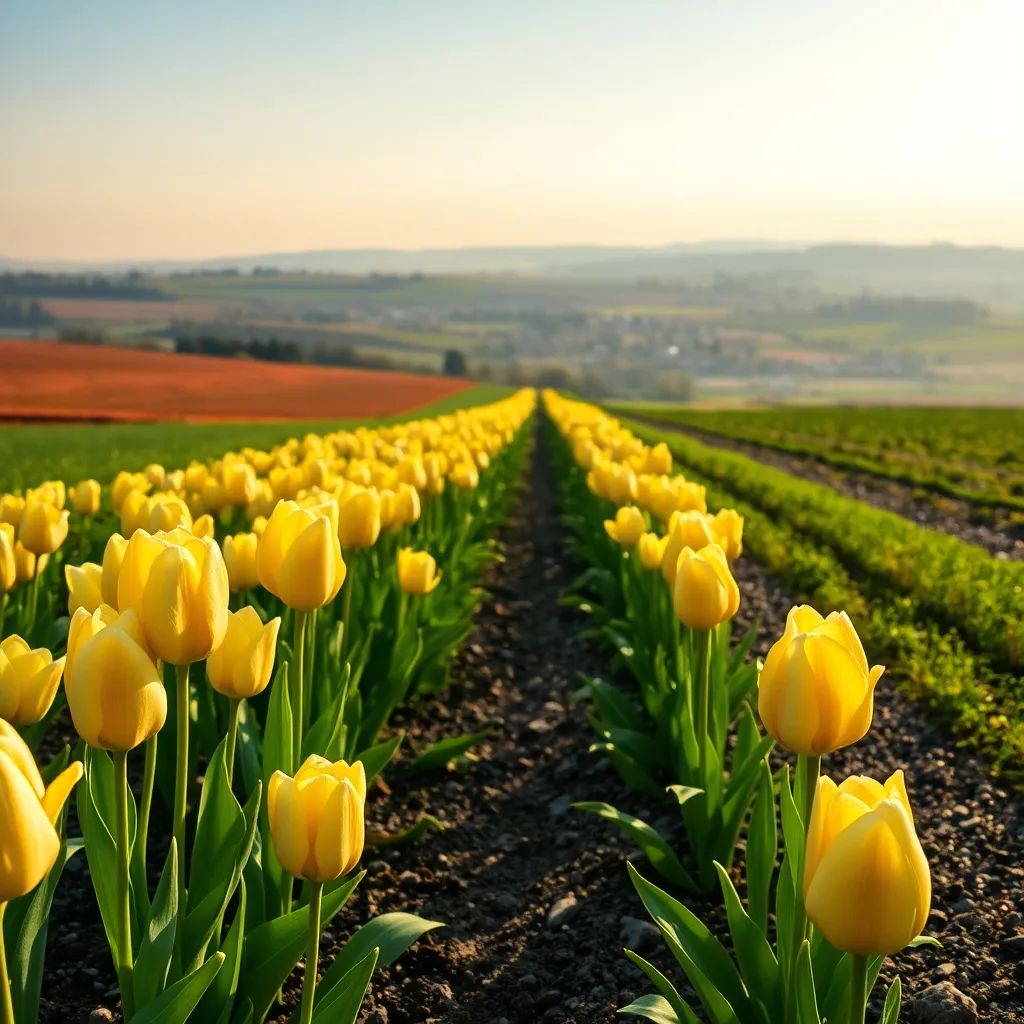






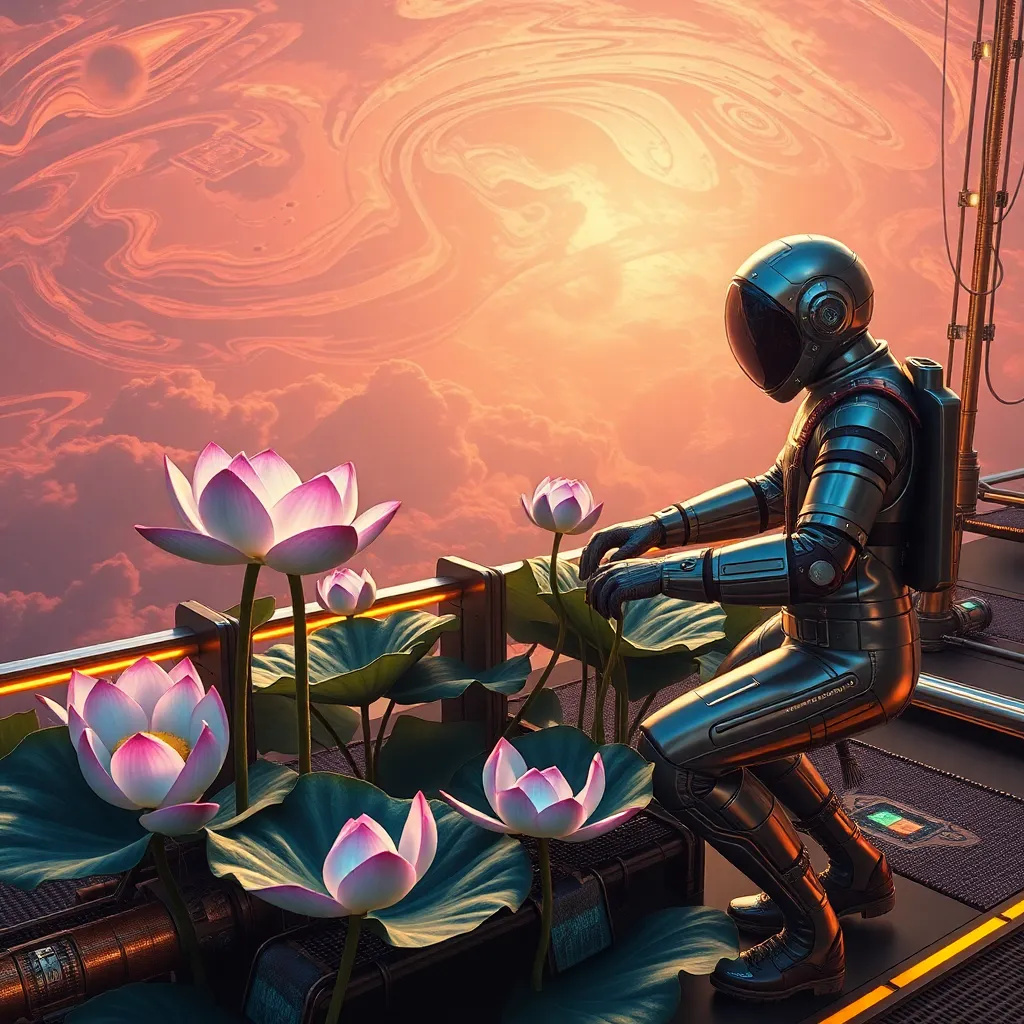

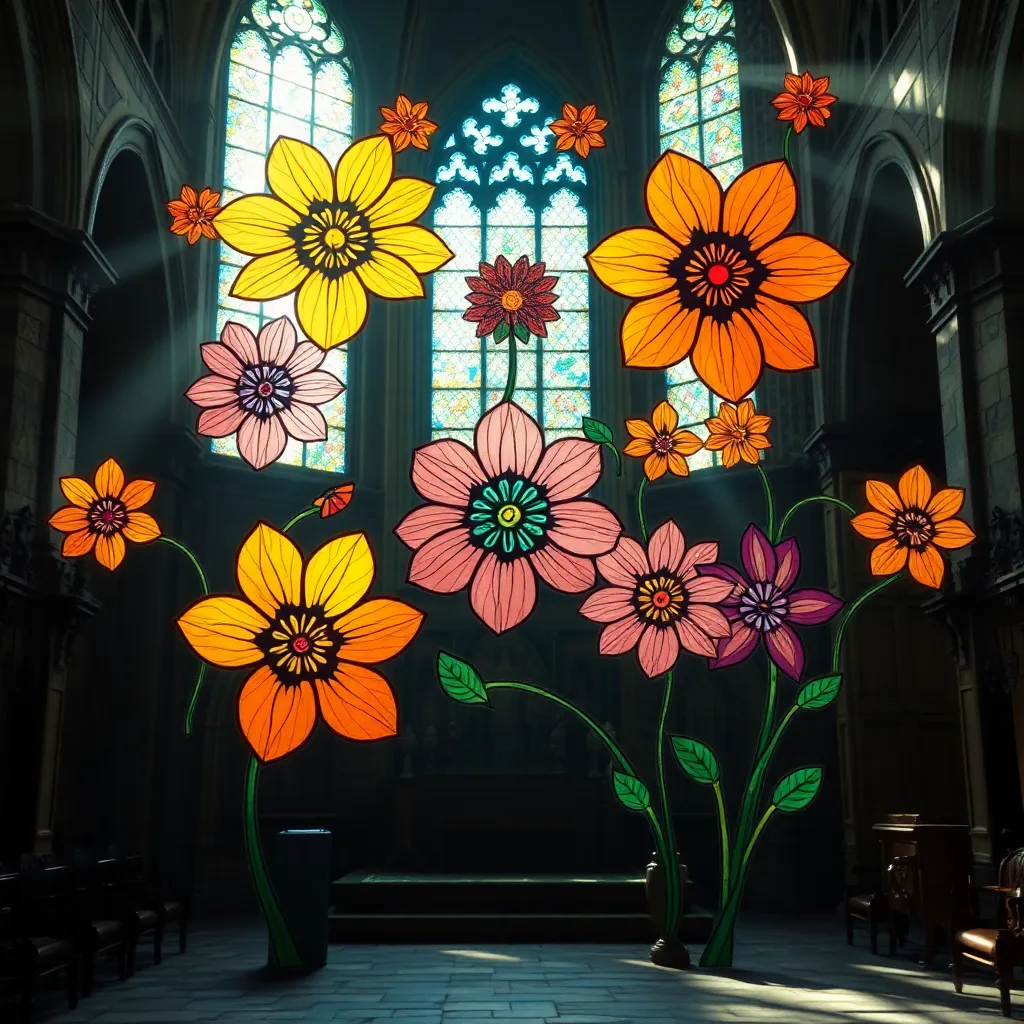


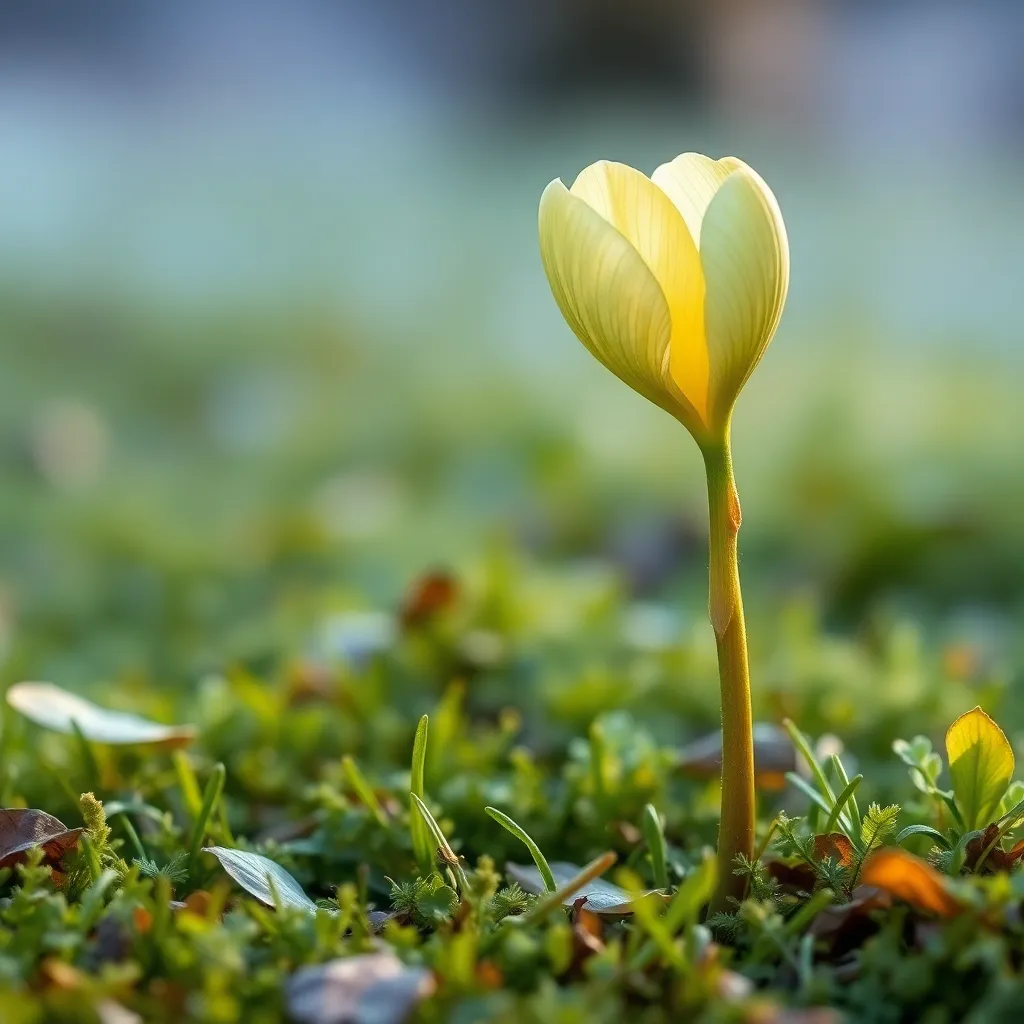
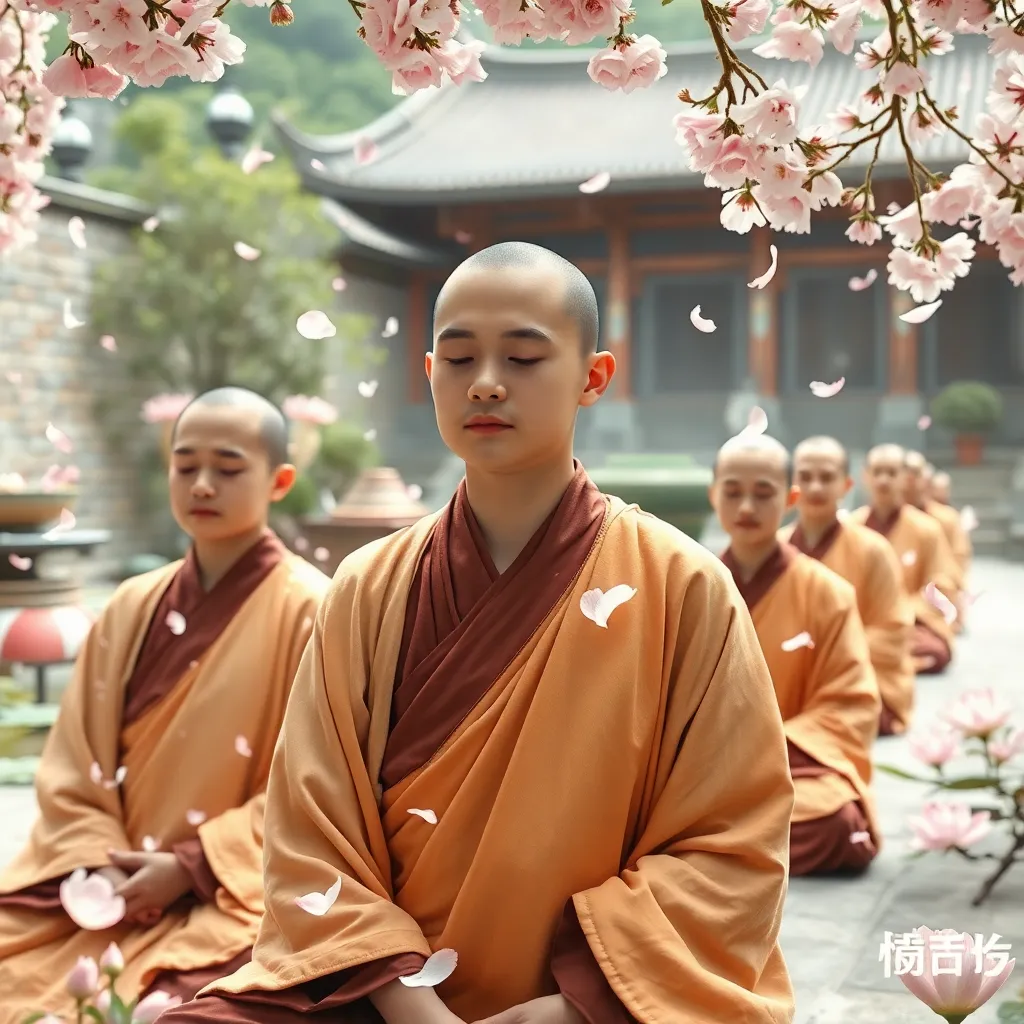

A browser-based VTT token generator built by computer vision specialists, focused on practical token workflows and transparency.
Built with image recognition models to suggest borders and separate foregrounds; trained on varied art styles.
Most editing runs locally to reduce latency; AI calls used selectively to balance cost and accuracy.
Batch workflows, presets and export sizes tuned for Roll20, Foundry and other VTTs.
Six core functions with measured performance ranges and practical usage notes.
Auto-adjusts exposure and suggests fixes; works best with 500–1000px images, accuracy 82–88%.
Deep-learning separation in 3–8s; optimal on varied backgrounds, precision typically 86–88%.
366 styled borders categorized for D&D 5e and others; renders clearly at token sizes.
Process 10–20 images with shared settings; reduces per-token time from minutes to under a minute.
HSL/RGB selectors and 1% opacity steps; optimized for consistent VTT palettes.
PNG with transparency at 256/512/1024 outputs; compliant with common VTT size recommendations.
Representative implementations showing time savings and practical limits.

A DM used batch mode to create 80 NPC tokens in 2.5 hours; pre-named files and a single border preset streamlined workflow.
Reduced preparation time by 55%, 80 NPCs processed in 2.5 hours.

A content creator standardized token style across episodes using presets and export templates, improving on-screen clarity.
Saved 40% on asset prep time, consistent token style for weekly streams.

An indie developer assembled themed token packs; exported high-res assets for print and VTT integration with minor manual touch-ups.
Produced 300 tokens across styles in three months for a commercial release.
Professional workflow guidance optimized according to user experience research and efficiency standards
Drag or upload JPG/PNG/WebP (500–1000px). Expect 5–20s for upload depending on network; center subject.
Choose a border, enable background removal if needed (3–8s). Use presets for consistent batches.
Refine text/overlays, preview at 256/512/1024, then export PNG with transparency. Download files; temporary copies cleared.
Practical answers about usage, limits, and expected results.
Core editing and exports are free with no login. Select AI features incur small per-call costs; rate limits apply during high load.
Supports JPG, PNG, WEBP. Recommended 500–1000px; uploads over 10MB may be rejected or slowed.
Client edits are instant; AI background removal typically takes 3–8 seconds depending on image complexity and network.
Background separation typically reaches 86–88% in tests; results vary with image clarity and complexity.
A trained image-recognition model locates the subject, separates it from background, then recommends borders based on style features.
It speeds routine token prep versus manual workflows and offers more border choices than many free tools, while remaining lower-cost than paid suites.
Use clear, centered images at recommended sizes, prefer faces or subjects occupying 60–80% of the frame, and pick high-contrast sources.
Retry with a higher-resolution source or use the manual refine tools; complex overlap or transparency can reduce accuracy.
Performance drops on transparent subjects, extreme exposure, or when subject and background colors are nearly identical.
Temporary files are cached for convenience and purged within 24 hours; AI calls are rate-limited and sensitive data policies are documented.